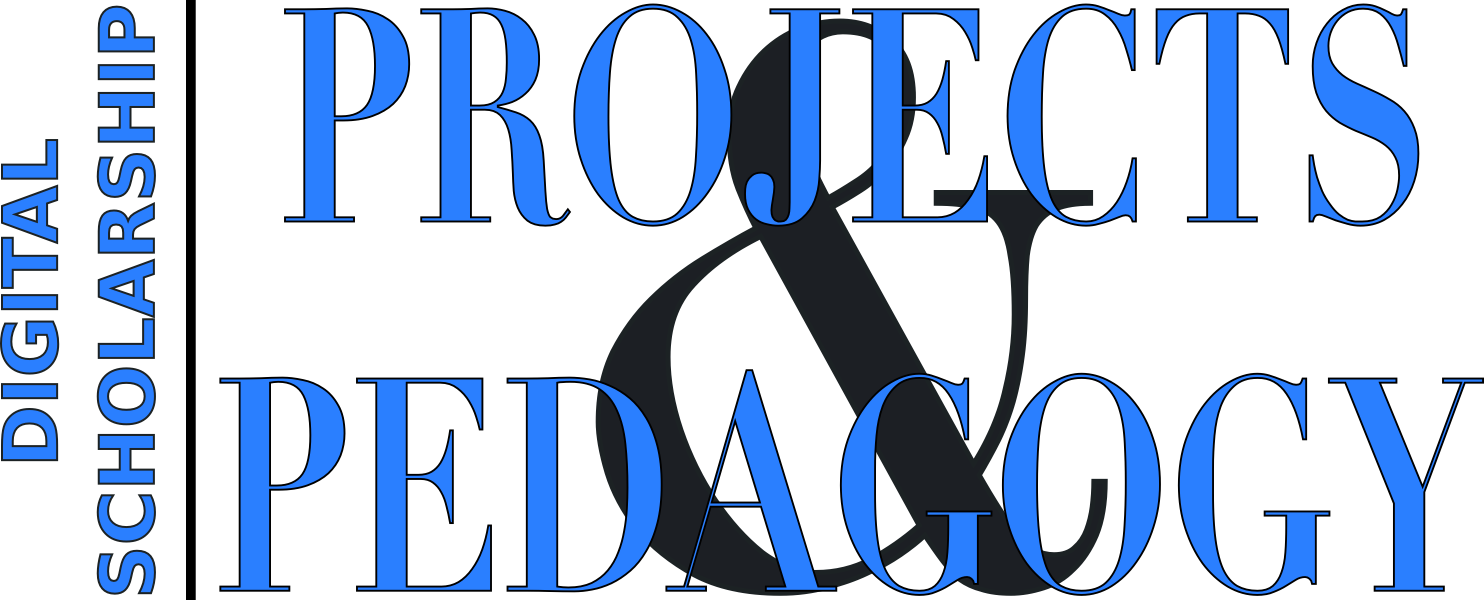

Breast Ornament (civa vonovono)
This project focuses on the research and curation of exhibition modules of Oceanic art objects available as digitized images from more than thirty museum collections in North America, Europe, and Australia. These collections include among others the Field Museum, the University of Washington Museum, the Indianapolis Art Museum, the Metropolitan Museum, the Australian Museum and the Smithsonian. This project is possible because of the visibility, accessibility and range of digitized materials (both Oceanic objects and their accompanying metadata). This project articulates as a digital humanities project because 1) it uses images from digitized collections of Oceanic art as the primary “objects” in the curated exhibition modules 2) it creates a digital platform that allows objects (as thumbnail photographs and occasionally as high quality illustrations) to be put into a format/context that would not be possible were they curated as objects residing in their discrete collections. 3) it will be available as a web resource to students learning about Oceanic art and culture.
Preliminary inquiry has identified a small handful of relevant objects the collections of the Ohio Five (Oberlin has three objects I hope to incorporate but Denison, Kenyon, Wooster, and OWU do not have objects relevant to our project). Because so few objects exist locally, this project provides an unparalleled opportunity for students to work with digitized images of objects to create exhibition modules. Not only will students learn to cull and parse digitally available resources, they will also learn to conceptualize and create a digital resource available for future student learning. This project builds on my current pedagogical objectives by moving away from student learning as the consumption of knowledge and refocusing student learning on the production of knowledge (especially by way of exhibition making). Unlike working with a physically available set of objects in one museum collection, students will have access to many digital collections. This will allow students to have a greater wealth of possibilities to make meaningful connections among objects. It will also provide students with a creative project whereby they build skills in experimental/creative image curation; research synthesis and application in the accompanying metadata; and analysis and writing.
The project will take place in conjunction with my course, Arts of Oceania (AHVC 223) in Spring 2016. Although I have taught the course annually since my arrival at Denison in 2000, this will be the first time the course will incorporate student curated exhibition modules of Oceanic objects. The twenty-three students in my course will first identify and research objects and then conceptualize and create exhibition modules on a dedicated web project platform entitled, Mapping the Arts of the Oceanic World. The exhibition modules will engage Oceanic art objects comparatively using formal and conceptual analysis. For instance, students will reflect on and address: the objects’ formal properties; the use of materials derived from the immediate environment or trade relationships such as feathers, whale ivory, fern wood, human hair, shells etc; what the objects indicate about individuals, families and societies; and how the objects relate to the world of unseen forces such as ancestors/nature spirits and the visible world such as animals. By bringing together objects in a digital platform, students will be able to engage their formal and contextual dimensions in ways not possible previously.
The project will include thumbnail-sized images of Oceanic objects that will link to their home collections. It will also include ten high quality photographs obtained from museum collections. These will illustrate certain exhibition themes and make the site visually engaging. In addition the site will include a dozen images from Flickr commons with a “creative commons license.” However, it is important to note that not all relevant photographs of objects are available on Flickr commons. We will work with Christian Faur, Director of Mulberry Mix Lab, to design the site. Gretchen Giltner will act as Student Project Manager and Editor. The Student Project Manager will not be involved in evaluating or grading the work of her peers. She will work with me weekly to assist with compiling course materials and well as individual student exhibition module research, development, editing, and assistance populating Omeka.
Students in the course will be acknowledged on the website as contributors to and collaborators in the research for this project. Their role as collaborators and contributors in a group project will be discussed in class and the syllabus will specify: “Part of this course will include building a new web resource for students and scholars of Oceania. This means that your contributions will be public knowledge. Because of the project’s collaborative nature, your specific contributions will not be identified. Your name will be included in a list of student contributors/collaborators. If you prefer not to be named in the project credits, please notify the professor and your name will not be included.” An example of how student names will appear can be viewed on Wooster Digital History’s “About” page.
